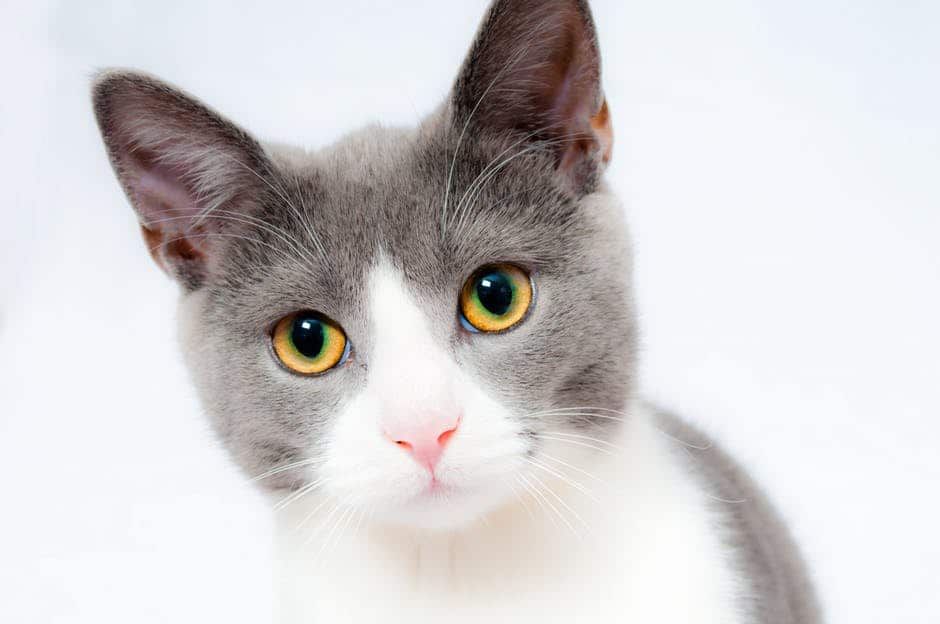It can be hard to come home after a long day of work only to discover big tears in your couch. If your feline friend has scratched and damaged your couch, there are some steps you can take. The most important thing to understand is that clawing is a perfectly natural behaviour for cats and that they’re doing it for very good reasons.
Instead of reprimanding your cat for having torn your couch, you have to understand why he’s clawing your furniture and take preventive measures to control undesirable behaviour in your home.
Why Your Cat Claws at the Couch
- They use it as a scratching post to shed the top layer/sheath of their claws and condition them.
- It helps your pet mark their territory so that other animals stay away from that area.
- It gives your cat enough support to stretch after a long nap. Stretching does wonders for the spine and shoulder muscles.
- Cats are also known to scratch furniture when they feel stressed out after having recently encountered another pet.
In order to protect your couch and allow your pet to do what comes naturally to them, you’ll need to make a few arrangements.
-
Give Them a Scratching Post
Look for a scratching post that your kitty will love. If you don’t want to buy a readymade one you could fabricate one yourself using sisal fibres. These fibres are natural and your cat’s claws won’t get caught in them. The scratching post should be tall enough to give your cat a full stretch. If the scratching post is too short, they will probably revert to scratching the couch.
-
Place the Scratching Post in a Strategic Location
You should place the scratching post very close to where your pet generally spends time. This encourages them to use it in a natural way. If that doesn’t help, try moving it closer to the couch. This way you can redirect your pet whenever you see them heading towards the couch.
-
Use Catnip to Lure Your Pet Towards the Post
The active ingredient in the catnip herb is known to attract and affect around 50% of cats. While all cats are affected in a different way and to a different extent, it can be an effective way to attract your pet to their new scratching post. While this may not work, catnip does not negatively affect your pet, so there is no harm in trying.
-
Use Feliway During the Redirection Process
Generally speaking, cats don’t like even the slightest change in furniture. It can leave them feeling unsettled or anxious. Feliway helps to maintain that familiar scent in the home. The diffusers release a special pheromone that is usually released by cats when they rub their face against your skin. The familiar scent will help your pet to feel relaxed and secure while you make changes to your home.
-
Trim Your Cat’s Claws
If you’re worried about your cat’s sharp claws, you could either trim them using a soft nail clipper or you could get nail caps for your kitty. Nail caps don’t hurt your pet and they allow them to continue scratching and stretching as usual. Since the caps are softer than your pet’s natural claws, your furniture will remain intact.
If you can’t apply the nail caps on your own, look for a professional cat grooming specialist who will help you with this.
At VetMed, we are very passionate about animal care and we do our best to make your pet’s visit a very pleasurable one. To find out more about cat grooming in Sydney, look us up online or contact the clinic that’s nearest to you.

